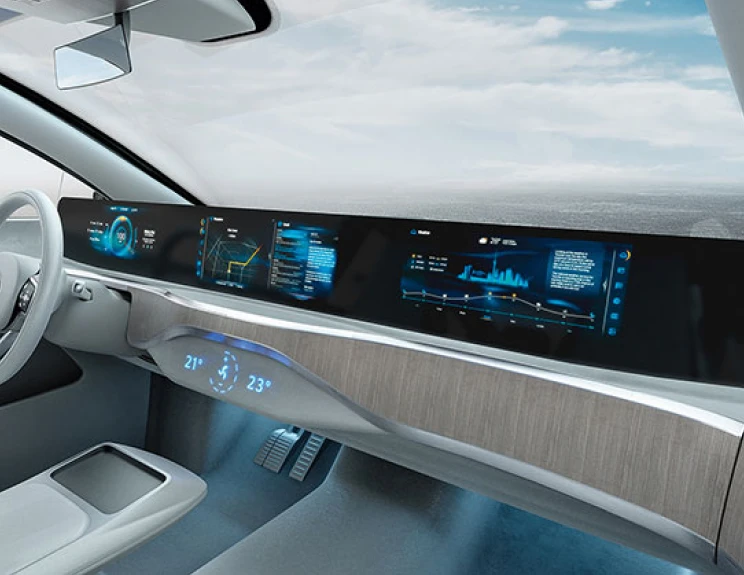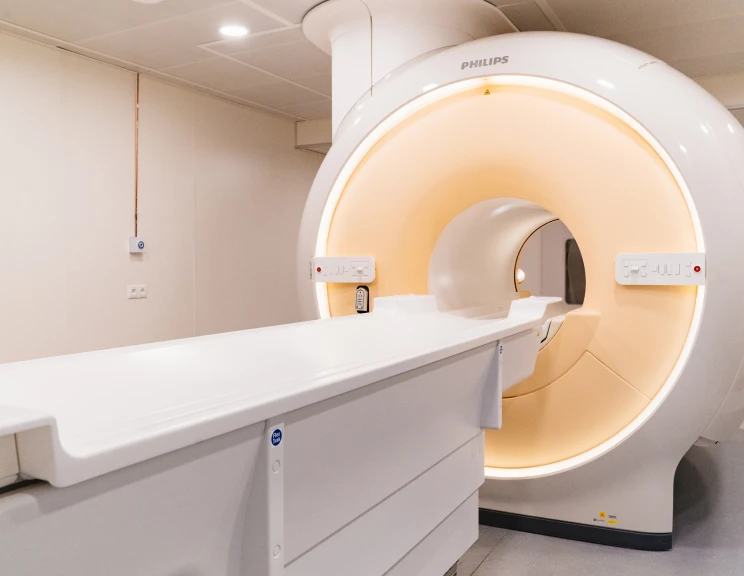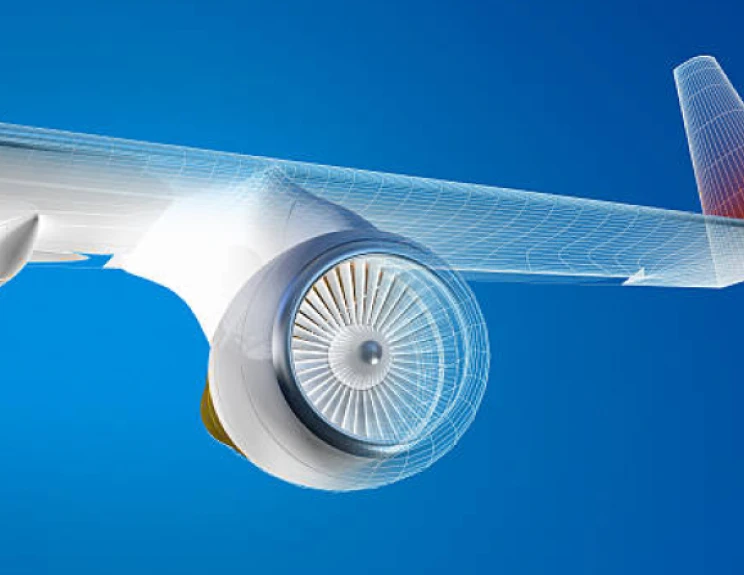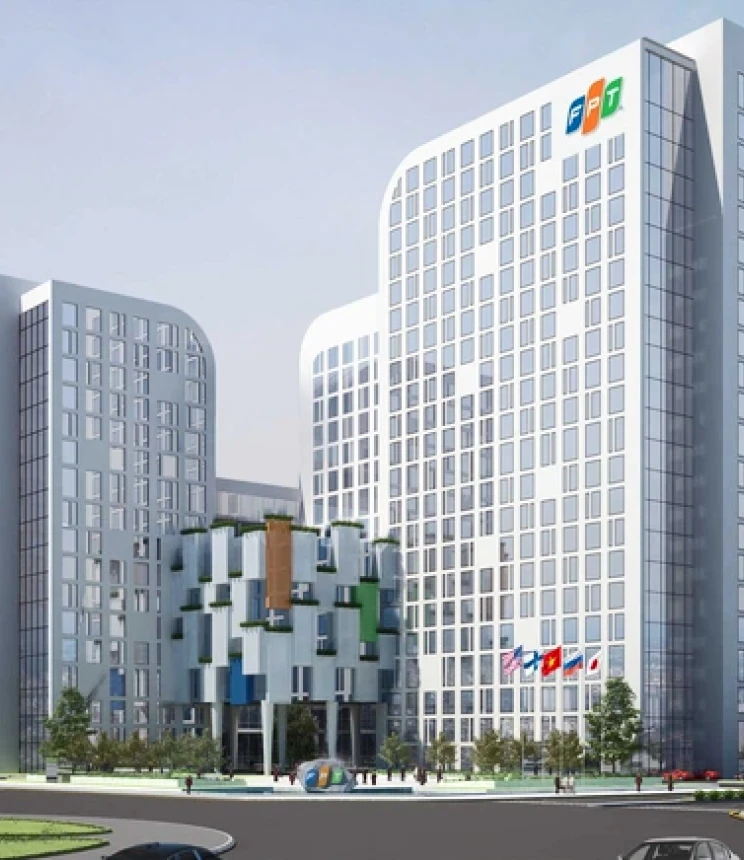
A clear consensus is emerging among industry leaders: the traditional monolithic approach to insurance technology is becoming a competitive liability. Recent industry discussions between executives from leading insurers like USAA and MAPFRE, alongside technology partners like FPT, reveal how forward-thinking organizations are embracing composable enterprise strategies, treating technology as interchangeable, modular components that can be rapidly assembled and reconfigured to meet evolving market demands.
This shift highlights a fundamental change in how insurers approach technological transformation. Rather than pursuing massive system overhauls, leading organizations are building modular architectures that enable rapid response to embedded insurance opportunities, regulatory changes, and emerging customer expectations. This composable approach represents more than technological modernization, it's a strategic imperative for insurance survival in an increasingly dynamic marketplace.
The Speed Gap: When Insurance Systems Can't Keep Pace
The insurance industry faces unprecedented pressure to accelerate innovation while maintaining operational stability. Embedded insurance coverage, integrated directly into purchase experiences, demands real-time integration capabilities that traditional systems cannot deliver. When a customer books travel, purchases electronics, or orders rideshare service, insurance activation must happen seamlessly within seconds, not the weeks typically required for conventional policy issuance.
According to McKinsey's latest research on AI in insurance, insurers will need to modernize legacy infrastructure to fully harness AI, overcoming rigid IT systems that lack scalability and real-time processing power. Deloitte's 2025 global insurance outlook emphasizes that meaningful transformation may be necessary to help support long-term success, with many insurers needing to invest in core system modernization, automation, and process redesign initiatives.
The challenge extends beyond customer-facing applications. Regulatory requirements can reshape entire product lines overnight, catastrophic events can increase claims volume by 10,000% within hours, and new distribution partnerships require integration capabilities that traditional point-to-point connections cannot support efficiently. In this environment, the ability to rapidly reconfigure business capabilities has become more valuable than operational efficiency alone.
FPT's Open Infrastructure Vision: Agentic AI and API Standardization
FPT's recent work in open infrastructure demonstrates how insurers can leverage modular technologies to achieve unprecedented agility. The company's approach emphasizes the emergence of Agentic AI intelligent systems that autonomously discover and consume APIs using machine-readable contracts, transforming APIs from developer tools into dynamic, AI-driven connectors across insurance enterprises.
This represents a paradigm shift in how insurance systems operate. Instead of manually coding integration points, Agentic AI enables systems to automatically discover relevant services, negotiate data exchanges, and optimize processes without human intervention. For claims processing, this means AI agents can automatically identify the most efficient damage assessment services, fraud detection algorithms, and settlement processing capabilities based on specific claim characteristics.
API Standardization: The Foundation of Insurance Modularity
Industry trends show how OpenAPI is becoming the standard for RESTful services while AsyncAPI rises for event-driven architectures. This standardization is crucial for insurance operations that require both real-time responsiveness and batch processing capabilities. Claims processing systems need immediate notification of new claims while also handling overnight batch reconciliation with reinsurance partners.
Enterprise investment in governance frameworks and centralized API registries like Postman and SwaggerHub are driving reuse, consistency, and discoverability across insurance ecosystems. This enables rapid integration with new partners—whether embedded insurance distributors, IoT data providers, or regulatory reporting systems—without custom development for each connection.
Cloud-Native Elasticity: Scaling Beyond Traditional Constraints
Modern infrastructure approaches emphasize how cloud-native architecture provides the elastic foundation that contemporary insurance demands. Unlike traditional systems designed for predictable workloads, cloud-native approaches enable insurers to handle massive spikes during catastrophic events while maintaining cost efficiency during normal operations.
Property insurers exemplify this need during hurricane seasons, when claims reporting can increase 50-fold within 24 hours. Cloud-native systems automatically scale processing capacity, deploy additional customer service resources, and activate backup operations without manual intervention. This same elasticity enables rapid testing of embedded insurance products; a new cyber insurance offering can launch with minimal infrastructure investment and scale based on market response.
The 80/20 Modernization Strategy: Strategic Transformation Without Disruption
A key insight emerging from industry best practices is the application of the 80/20 rule for strategic modernization. Rather than attempting comprehensive system replacement, successful insurers focus on the 20% of changes that deliver 80% of business value. This approach involves migrating to cloud, adopting composable architecture, and wrapping legacy systems with APIs to unlock value faster without disrupting core operations.
Claims processing often provides the highest impact starting point. By creating API layers around existing claims systems, insurers can integrate AI-powered damage assessment tools, third-party verification services, and automated settlement processes as modular components. When new technologies emerge, such as satellite imagery for property damage assessment or IoT sensors for auto claims- they can be added as plug-in modules rather than requiring system-wide modifications.
Underwriting systems benefit similarly from modular approaches. New data sources, credit information, social media analytics, IoT device data, can be integrated through standardized APIs, enabling rapid testing of enhanced risk models without disrupting existing underwriting workflows. This modularity accelerates innovation while maintaining regulatory compliance and operational stability.
Low-Code Democratization: Empowering Insurance Domain Experts
Current market trends highlight how low-code platforms are transforming insurance innovation by enabling business users to create solutions without extensive programming knowledge. Claims adjusters can modify damage assessment workflows, underwriters can experiment with new risk factors, and customer service teams can customize interaction processes, all through visual interfaces that reflect insurance-specific requirements.
This democratization is particularly powerful in insurance, where regulatory requirements and business rules change frequently. Instead of waiting for IT development cycles, insurance professionals can directly modify processes to accommodate new regulations, test alternative approaches to customer interactions, and integrate emerging data sources as business needs evolve.
For fraud detection, claims teams can use low-code platforms to experiment with new investigation workflows, integrate additional data sources for verification, and test alternative decision trees for suspicious claims, enabling rapid response to emerging fraud patterns without technical bottlenecks.
AI-Powered Insurance Operations: Intelligence as Modular Components
Leading insurers recognize how AI in composable insurance systems functions as plug-and-play intelligence rather than monolithic solutions. Modern AI services-computer vision for damage assessment, natural language processing for customer interactions, predictive analytics for risk evaluation, integrate through APIs, enabling insurers to add intelligence incrementally and measure impact before broader deployment.
FPT's IvyChat and AIDP (AI-powered Digital Agent Platform) demonstrate how conversational AI and low-code automation can transform core insurance processes. Claims reporting becomes conversational, with AI agents guiding customers through damage documentation using natural language and image recognition. Underwriting integrates multiple AI models for risk assessment, fraud detection, and pricing optimization as modular services that can be updated independently.
This modular approach reduces AI implementation risk while accelerating adoption. Insurers can test computer vision accuracy for specific claim types, validate fraud detection models against historical data, and gradually expand successful implementations without wholesale system replacement.
The Path Forward
Industry analysis confirms that insurers must rethink everything, from how they work to how they innovate to stay ahead. The composable enterprise model offers a path forward that balances innovation with stability, regulatory compliance with market agility, and operational excellence with strategic flexibility.
The organizations thriving in tomorrow's insurance landscape won't be those with the most efficient legacy operations, but those that can rapidly reconfigure their capabilities to meet evolving market demands. For insurance leaders, building composable capabilities through open infrastructure, API standardization, and modular AI implementation isn't just about technology adoption, it's about positioning their organizations for long-term success in an increasingly dynamic marketplace.
Find out more on FPT's insurance services click here.
Reference Links






























